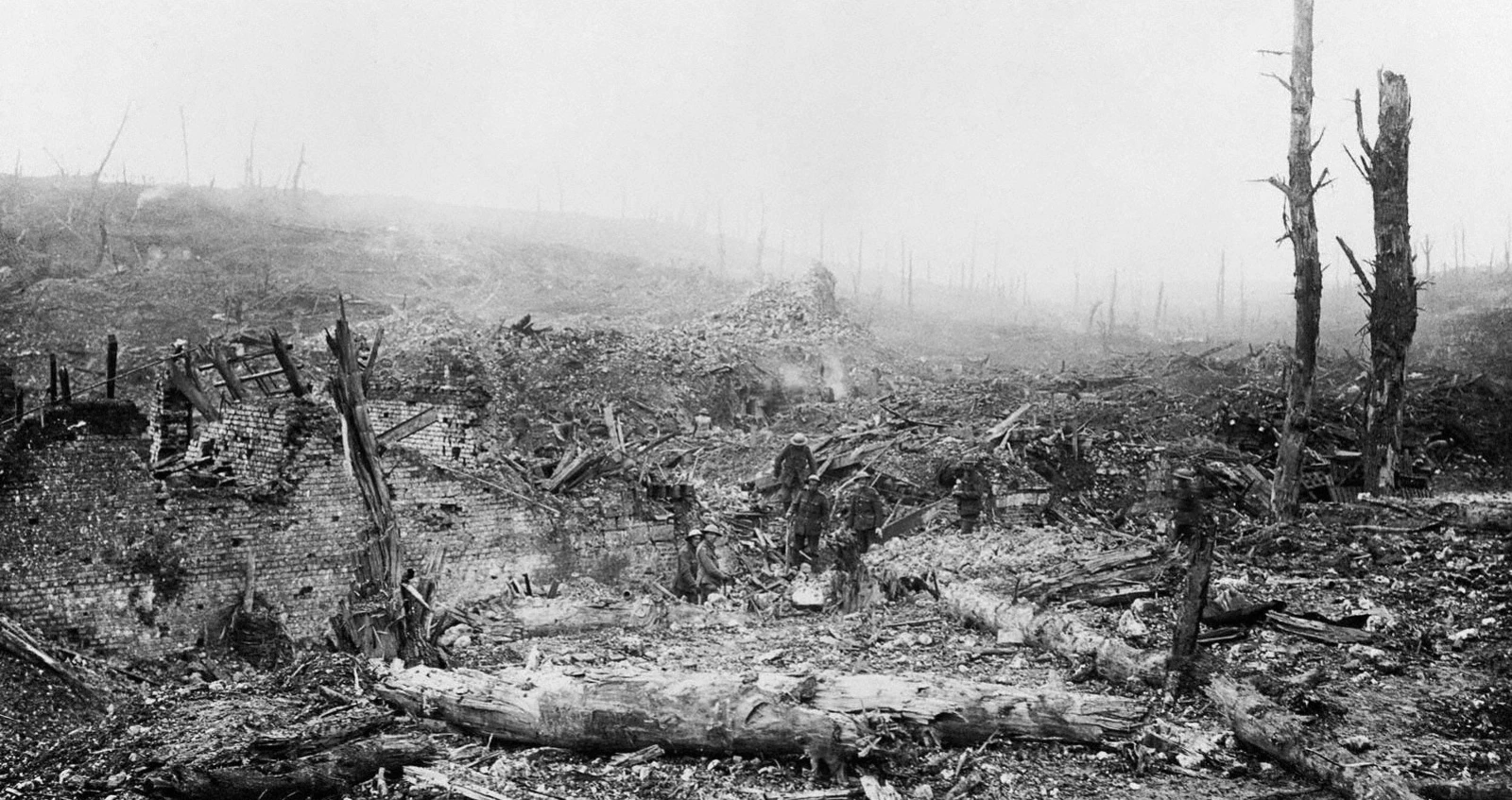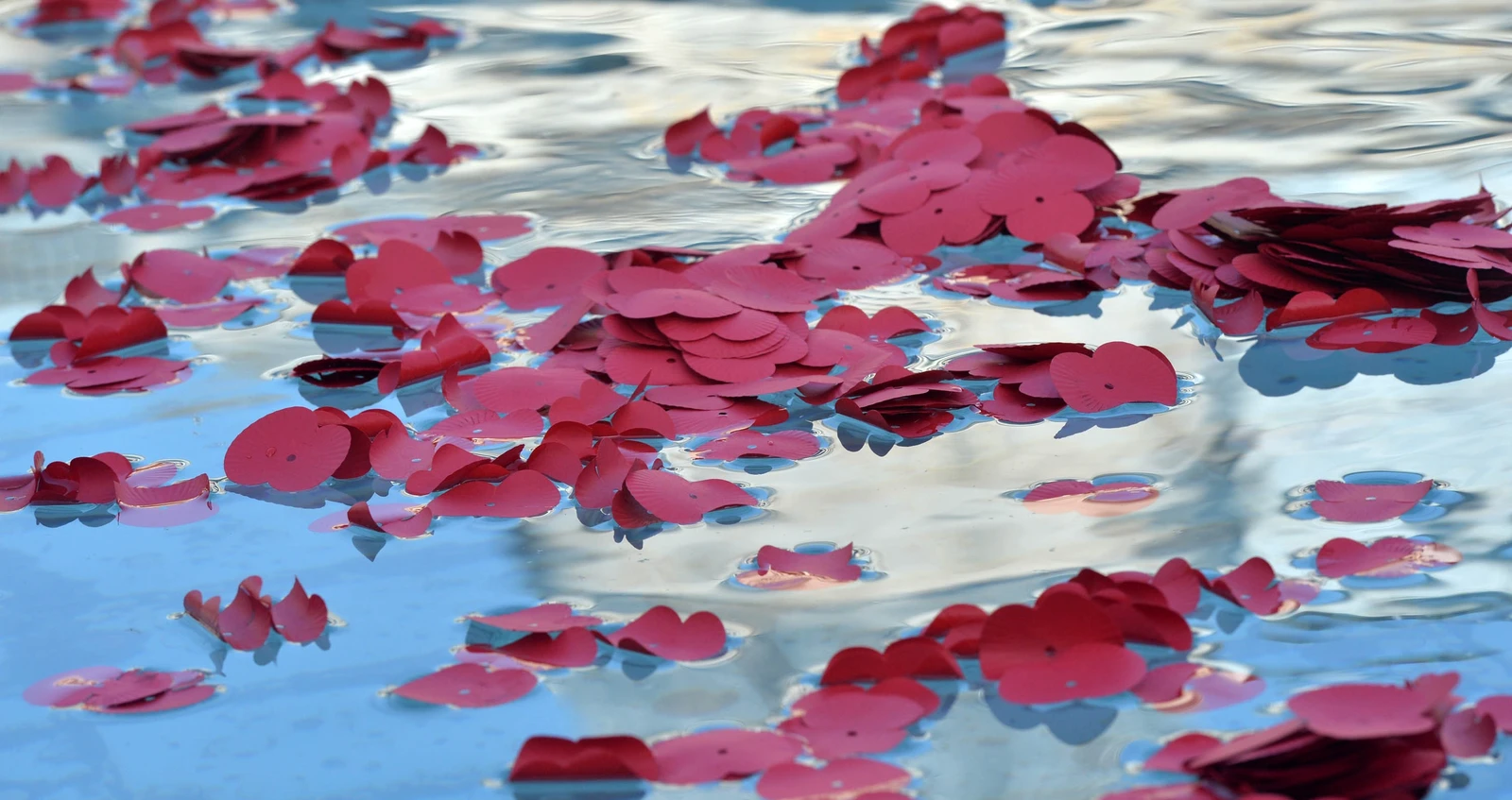In the days leading up to Remembrance Day on 11 November, you will see people on the TV and in the streets wearing a poppy.
This is a symbol to remember those who have lost their lives in conflicts around the world and those who have been killed as a result of terrorism.
It also represents the contribution of families and of the emergency services.
Millions of poppies will be sold over the coming days by tens of thousands of volunteers.
The poppy is the enduring symbol of remembrance of the First World War. It is strongly linked with Armistice Day (11 November), but the poppy's origin as a popular symbol of remembrance lies in the landscapes of the First World War.
Poppies were a common sight, especially on the Western Front. They flourished in the soil churned up by the fighting and shelling. The flower provided Canadian doctor John McCrae with inspiration for his poem 'In Flanders Fields', which he wrote whilst serving in Ypres in 1915. It was first published in Punch, having been rejected by The Spectator. In 1918, in response to McCrae's poem, American humanitarian Moina Michael wrote 'And now the Torch and Poppy Red, we wear in honor of our dead…'. She campaigned to make the poppy a symbol of remembrance of those who had died in the war.
Artificial poppies were first sold in Britain in 1921 to raise money for the Earl Haig Fund in support of ex-servicemen and the families of those who had died in the conflict. They were supplied by Anna Guérin, who had been manufacturing the flowers in France to raise money for war orphans. Selling poppies proved so popular that in 1922 the British Legion founded a factory - staffed by disabled ex-servicemen - to produce its own. It continues to do so today.
Other charities sell poppies in different colours, each with their own meaning but all to commemorate the losses of war. White poppies, for example, symbolise peace without violence and purple poppies are worn to honour animals killed in conflict.
Boris Johnson MP, Prime Minister of the UK
The reason poppies are used to remember those who have given their lives in battle is because they are the flowers which grew on the battlefields after World War One ended.
This is described in the famous World War One poem In Flanders Fields.
Ever since then, they have come to be a symbol of remembering not just those who gave their lives in World War One, but all those who have died on behalf of their country.
The money raised from these donations is used to help servicemen and women who are still alive, whose lives have been changed by wars that they fought in.
The money helps veterans who may need to find new jobs or somewhere to live, or any other support they may need.
It is also used to help those who have lost loved ones because of wars.
The Royal British Legion was founded on 15 May 1921.
However, back then the poppies weren't made out of paper like they are today. They were made out of silk.
They sold out straight away and raised more than £106,000 for those whose lives had been affected by the war, by helping to find them jobs and somewhere to live once they were no longer serving in the army.
In 1922, a factory was set up where disabled former soldiers were employed to make the poppies.
This factory is still running - and producing many millions of poppies each year - to this very day.
While the majority of people wear their poppy on their chest, there is no right or wrong way to wear a poppy.
As the Royal British Legion says: "We only ask you to wear it with pride."
According to one woman, she was given a great lesson in the correct way to wear a poppy by an ex-serviceman in her home town of Orpington. Karen Lowton took to Facebook to recall her encounter.
Karen said that she was on her way to a meeting in London and realised
her poppy pin had dropped from her coat.
Noticing a poppy seller, she asked if she could have a pin. Karen was going to pin her poppy back onto her coat when the seller stopped her and asked if he could reposition it for her.
She wrote: “A lovely military man selling poppies stopped me today and asked if he could reposition mine - while doing so he told me that women should wear their poppy on their right side: the red represents the blood of all those who gave their lives; the black represents the mourning of those who didn't have their loved ones return home; and the green leaf represents the grass and crops growing, and future prosperity after the war destroyed so much.
[Read more: Is 101-year-old Wally Randall Britain’s oldest poppy seller?]
“The leaf should be positioned at 11 o'clock to represent the eleventh hour of the eleventh day of the eleventh month, the time that World War One formally ended.
“He was worried that younger generations wouldn't understand this and his generation wouldn't be around for much longer to teach them.”
[Read more: First World War tribunals decided whether men should fight - if they drank tea]
Karen added: “I'm really pleased to have learnt some things today that I didn't know before, although I must admit I've spent a rather obsessive afternoon wanting to rearrange quite a few strangers' poppies...”
Karen has since tracked down the poppy seller to tell him how many people had read and shared his story, and added: “I do understand that many people have their own beliefs about how to wear the poppy and what it means to them, but I do also think it is important that we listen to and remember the stories of this older generation before they all leave us.”
The Royal British Legion say the 2019 Poppy Appeal is all about communities around Britain coming together to remember "the service and sacrifice, friendship and collaboration of the men and women of Britain, the Commonwealth and Allied nations who fought together", during the Second World War.
In 1944, the collaboration between the Commonwealth nations helped the British achieve victory in critical battles during World War II; The Battle of Monte Cassino, The D-Day Landings and The Battles of Kohima and Imphal.








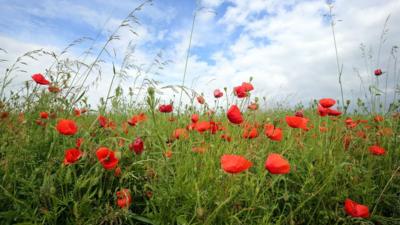
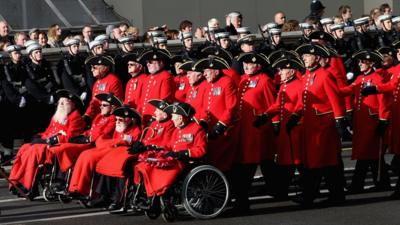
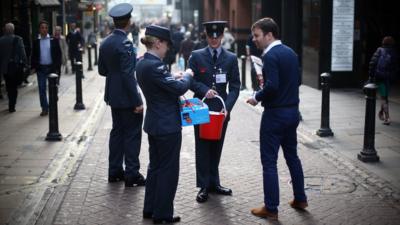










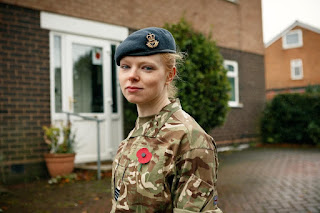

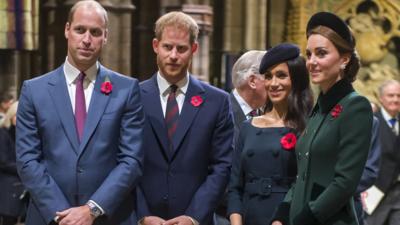

_acf7bdff-dfef-40b9-ba43-a3b1d44cce7c.jpg?sfvrsn=69dad099_6&method=CropCropArguments&width=1600&height=847)
